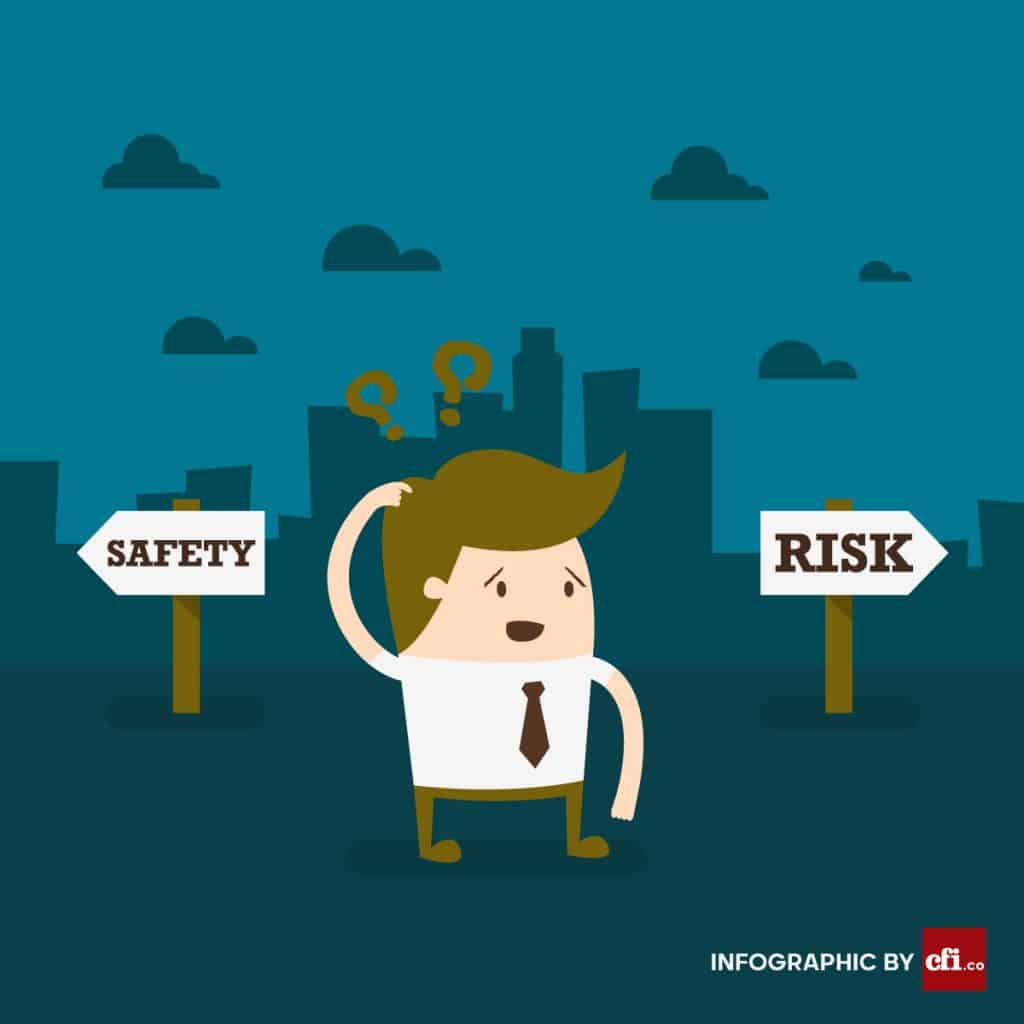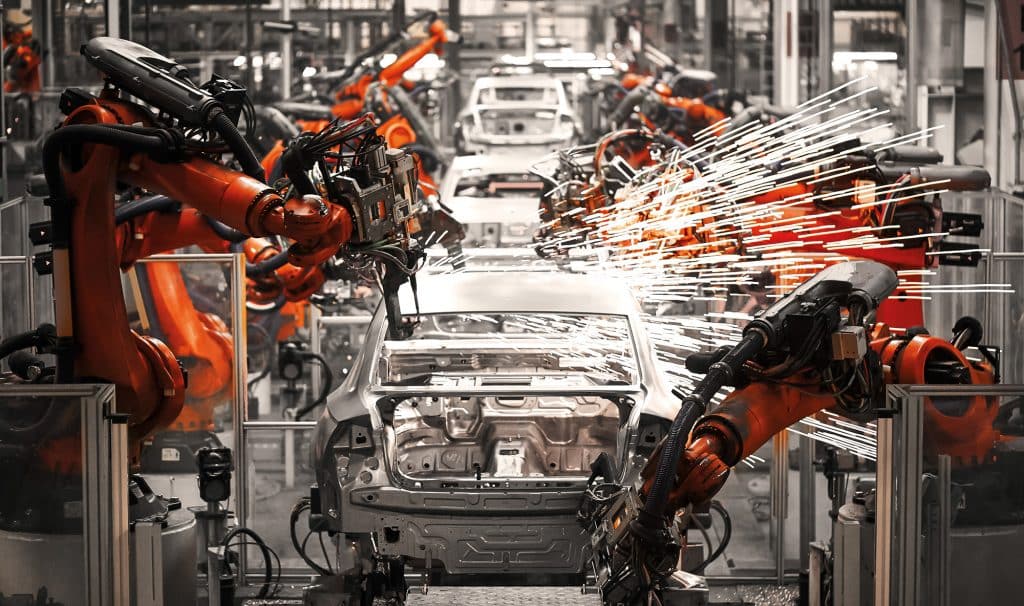Finnish biopharmaceutical company Desentum is about to initiate a first-in-human clinical trial with its birch pollen hypoallergen designed to improve immunotherapeutic treatment of birch pollen allergy. In a funding round arranged by Springvest Oy, the company raised 4 million euros that it intends to use for funding clinical trials, developing new hypoallergens and advancing business goals.
Desentum develops novel type of immunotherapeutic hypoallergens, so called allergy vaccines. The hypoallergens are biotechnologically produced, modified allergen proteins aimed for improving the efficiency of allergen immunotherapy while also reducing the time required for treatment. The lead product candidate, birch pollen hypoallergen DM-101 (Bet v 1 dm), has produced good results in preclinical tests assessing allergenicity and immunogenicity, and is now advancing to clinical phase.
In clinical trials, the safety and efficacy of a new medicinal product is demonstrated in volunteer study subjects. The primary objective of Desentum’s first clinical trial is to confirm the safety of DM-101, but information about the immunological response generated by the hypoallergen is also collected.
“For the past couple of years, we have worked together with international allergen immunotherapy experts to prepare for the clinical studies. The first study plan was submitted for regulatory and ethics evaluation in the summer of 2019. The study will be performed in Finland and the dosing is scheduled to be completed before 2020 birch pollen season”, explains Pekka Mattila, CEO of Desentum.
To strengthen the company’s financial position, Desentum initiated a funding round in September. It was carried out by a Finnish investment service company Springvest Oy. The public offering was fully subscribed, which translates to approximately 4 million euros of collected capital. Desentum plans on using the majority of the proceeds for funding early-stage clinical trials. The remaining funds will be used for the research and development of new hypoallergens as well as for partnering activities to support late-stage clinical trials and market access.
“We are very happy with the results of the public offering. The collected capital enables us to focus on our primary goal, which is testing the novel immunotherapeutic allergy treatment and bringing it to the market. Today, allergy affects a huge number of people, and I believe that in addition to the expectation of financial return, many investors also hope that our technology could solve a health problem that impacts the life of their family or friends”, says Mattila and continues: “This is our target as well. We have started by looking at birch pollen allergy, but our platform can be used for producing hypoallergens from other allergens, too. We are already developing similar products to address peanut, grass pollen, dog and horse allergies.”
Immunotherapy in allergy treatment
Allergy is one of the most common chronic conditions in Europe. Today, more than 150 million Europeans suffer from allergic diseases. For one in five patients the condition is severe enough to create a constant threat of a severe allergic reaction or an asthma attack. European Academy of Allergy and Clinical immunology (EAACI) predicts that by 2025 allergy will affect half the population in Europe. Allergies cause social and economic burden such as health care costs, missed school and work days and impact on the daily lives of the patients.
Allergies are generally managed by medication that alleviates the symptoms. The most common medications are antihistamines and corticosteroids. Immunotherapy is the only treatment currently known that affects the mechanism of allergy. It re-educates the immune system to tolerate the allergen, decreasing the need for medication. Immunotherapy can be administered as injections or sublingual tablets or drops, and the treatment usually takes a few years. The novel immunotherapeutic products that are under development aim for speeding up the treatment as well as improving the safety, efficacy and convenience.
About Desentum Oy: Desentum is a biopharmaceutical company based in Espoo, Finland. It is specialized in developing a novel type of allergen immunotherapy based on switching the immune system’s response to allergens from hypersensitivity to tolerance by utilizing modified hypoallergens. Desentum, founded in 2011, is a spin-off company from VTT Technical Research Centre of Finland Ltd. In 2013 VTT received an EARTO (European Association of Research and Technology Organisations) Innovation Prize for the work behind the immunotherapeutic products. In 2018, Desentum was awarded a 1,9 M€ grant from the highly competitive Horizon 2020 SME instrument for the first-in-human clinical trial and business development.
Contact:
Pekka Mattila, CEO
Desentum Oy
Tel. +358-500-512934
[email protected]
www.desentum.com


